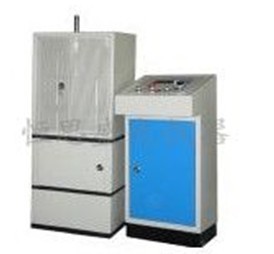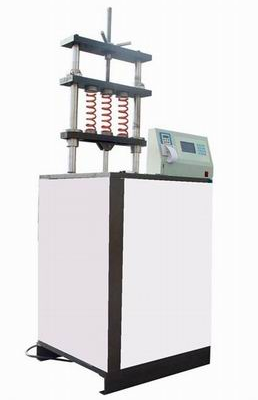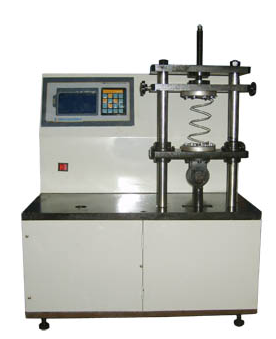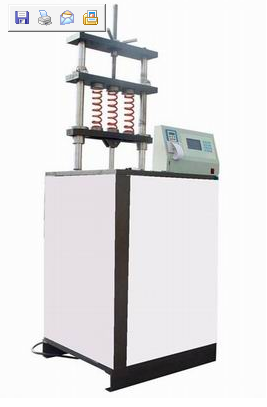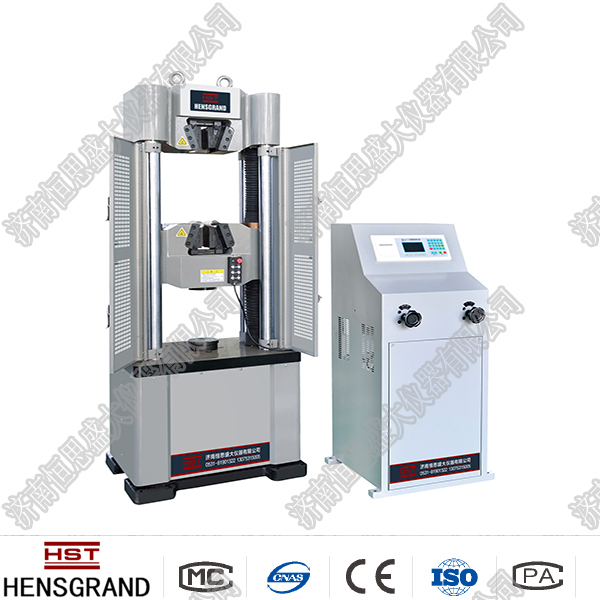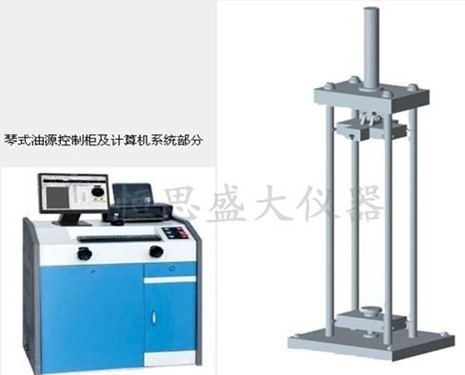Company News
Description of the measurement system of universal material testing machine
Release time:2018-11-23 source:Jinan Hengsi Shanda Instrument Co., Ltd. Browse:
universalMaterial testing machineDescription of the measurement system
1. Measurement of force value
Measurement is achieved through force sensors, amplifiers and data processing systems. The commonly used force sensor is a strain gauge sensor. The so-called strain gauge sensor is a device that can turn a certain mechanical quantity into a power output device that is composed of [strain gauge], elastic components and certain accessories (compensation components, protective covers, wiring sockets, and loaders). There are many types of strain gauge-type tension and pressure sensors at home and abroad, mainly including cylindrical force sensors, spoke-type force sensors, S double-connected hole sensors, cross beam sensors, etc.
It is known from the mechanics of materials that under small deformation conditions, the strain ε at a certain point of an elastic element is proportional to the force exerted by the elastic element, and is also proportional to the deformation of elasticity. Taking the S-type sensor as an example, when the sensor is subjected to the tension force P, a strain gauge is pasted on the surface of the elastic element, because the strain of the elastic element is proportional to the magnitude of the external force P, the strain gauge is connected to the measuring circuit, and the output voltage can be measured to measure the magnitude of the force.Material testing machine
For sensors, differential full bridge measurement is generally used, that is, the pasted strain gauge is composed of bridge paths, R1, R2, R3, and R4, which are actually 4 (or 8) strain gauges with equal resistance values, that is, R1=R2=R3=R4. When the sensor is subjected to external force (tension force or pressure), the elastic elements of the sensor generate strain and cause the resistance values to change, and the changes are △R1△, R2, △R3, and △R4 respectively. As a result, the originally balanced bridge is now unbalanced, and the bridge path has a voltage output. Assume that △E
Then △E=[R1R2/(R1+R2)2]△R1/R1-△R2/R2+△R3/R3-△R4/R4)U, where U is the voltage of the external power supply to the bridge
Further simplify the following: △E=[R2/4R2] (△R1/R-△R2/R+△R3/R-△R4/R)U
Use △Ri/Ri=Kεi to top
Then there is △E=[UK/4] (ε1-ε2+ε3-ε4)
Simply put, external force P causes deformation of the strain gauge in the sensor, resulting in imbalance of the bridge, and thus changes in the sensor output voltage. We can know the magnitude of the force by measuring the change in the output voltage.
Generally speaking, the output signal of the sensor is very weak, usually only a few mV. If we measure this signal directly, it is very difficult and cannot meet the high-precision measurement requirements of the tensile tester. Therefore, this weak signal must be amplified through an amplifier, and the amplified signal voltage can reach 10V. The signal at this time is an analog signal. This analog signal is converted into a digital signal through a multiplex switch and an A/D conversion chip, and then data processing is performed. At this point, the force measurement has come to an end.
2. Measurement of deformation
Measured by deformation measuring device, it is used to measure the deformation generated by the sample during the test.
There are two chucks on the device, which are connected to the [photoelectric encoder] installed on the top of the measuring device through a series of transmission mechanisms. When the distance between the two chucks changes, the axis of the photoelectronic encoder is driven to rotate, and the photoelectronic encoder will have a pulse signal output. The processor then processes this signal to obtain the deformation amount of the sample.
3. Measurement of beam displacement
The principle is roughly the same as the deformation measurement, and the displacement of the beam is obtained by measuring the output pulse number of the photoelectric encoder.Material testing machine
- Previous article:The latest standards for Hengsi Electronic Universal Testing Machine
- Next article:Introduction to handling of pipe tensile tester


















